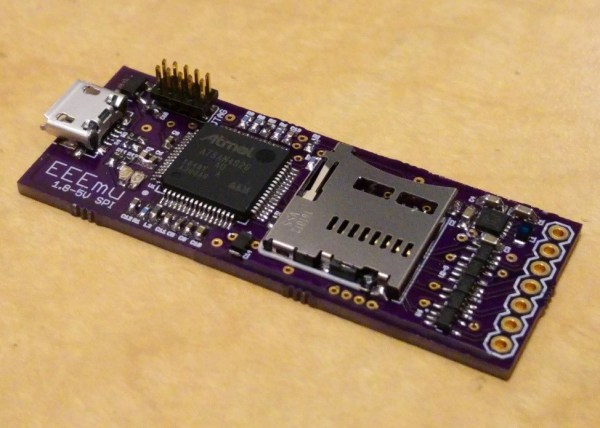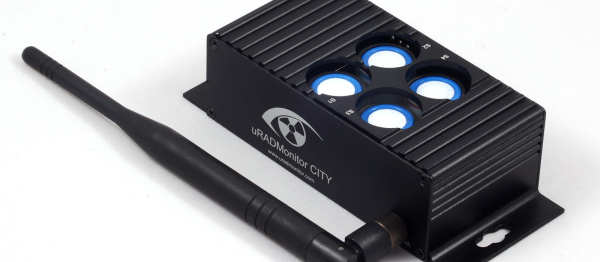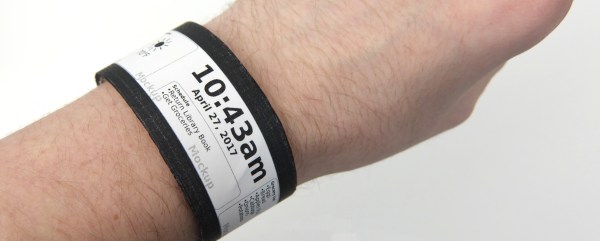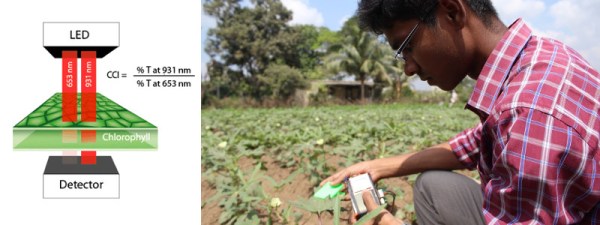A few years ago, [Kumar] created the BeagleLogic, a 14-channel, 100 MSPS logic analyzer for the BeagleBone as an entry for the Hackaday Prize. This is a fantastic tool that takes advantage of the PRUs in the BeagleBone to give anyone with a BeagleBone a very capable logic analyzer for not much cash.
This year, [Kumar] is back at it again. He’s improving the BeagleLogic with a BeagleBone on a chip. This is the BeagleLogic Standalone, a 16-channel logic analyzer at 100 MSPS using a single chip.
Like the BeagleLogic from a few years ago, [Kumar] is relying on those fancy PRUs in the BeagleBone that make reading GPIOs and blinking LEDs so easy and fast. Unlike the BeagleLogic shield/cape/whatever, the BeagleLogic Standalone uses the Octavo Systems’ OSD3358 — the BeagleBone on a chip — for the hardware. This incorporates everything in a BeagleBone into a single package, making for a compact unit that still has all the capabilities of the bigger BeagleLogic.
On board this pocket-sized logic analyzer is the OSD3358 itself, the logic analyzer frontend, a gigabit Ethernet port, USB, an SPI Flash, SD card slot and eMMC, and an RTC. An expansion header breaks out a UART, I2C, SPI, two PWM outputs, 6 GPIOs, and a clock to a PRU for experimental synchronous captures.
With a web-based frontend for this Logic Analyzer, this looks like it’ll be a fantastic tool for any hardware hacker, and something that should be reasonably inexpensive.





















